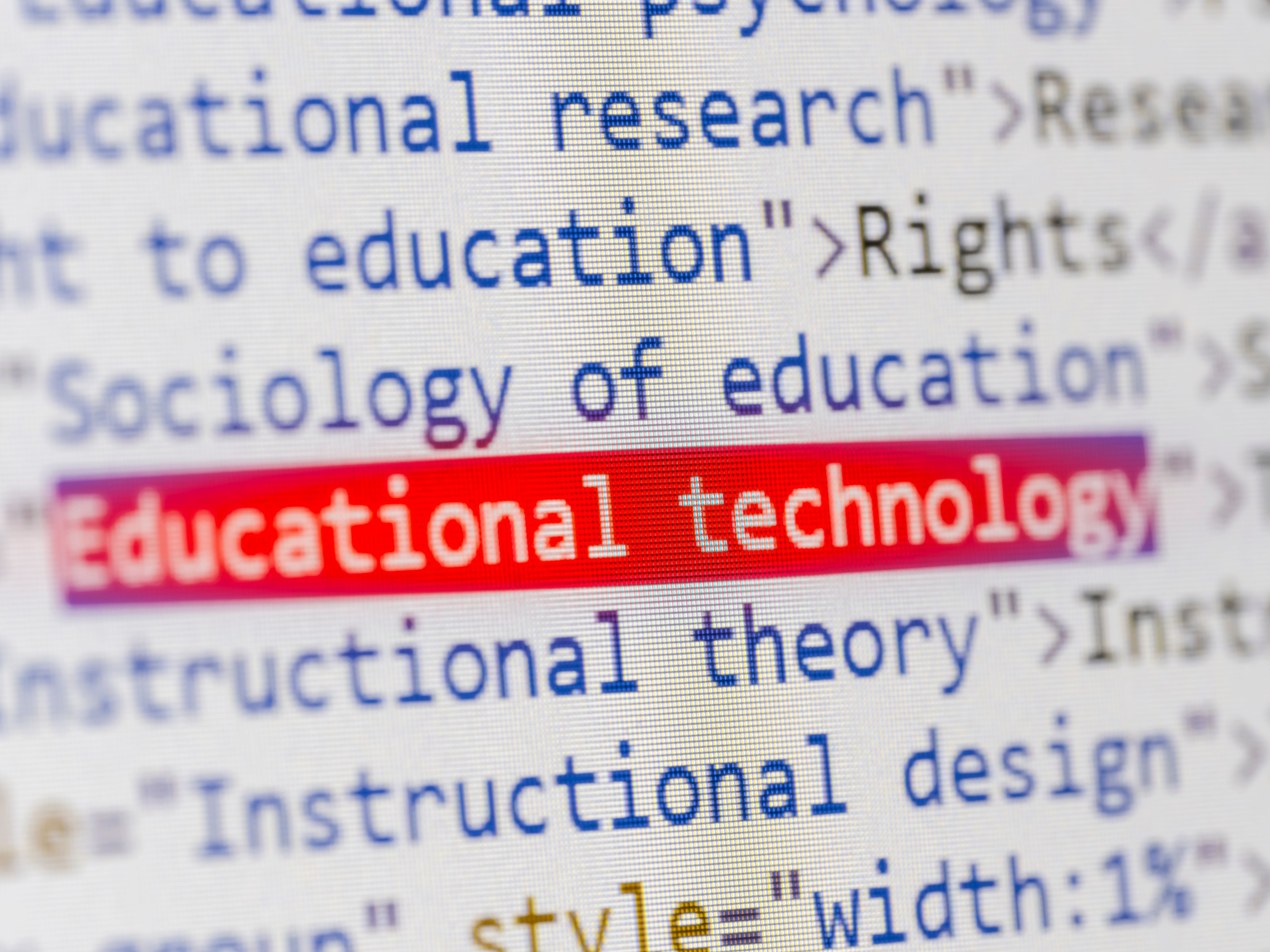Enhancing Learning with UDL and Technology
JT
Understanding Universal Design for Learning (UDL)
Universal Design for Learning (UDL) is an educational framework that aims to improve and optimize teaching and learning for all individuals by providing multiple means of engagement, representation, and action and expression. It is grounded in the idea that each student has unique learning needs and preferences, which can be addressed by offering various methods of instruction and assessment.
This approach emphasizes flexibility in how students access material, engage with it, and demonstrate their understanding. By incorporating UDL principles, educators can create more inclusive classrooms that accommodate a diverse range of learners, including those with disabilities.

Role of Technology in UDL
Technology plays a crucial role in implementing UDL strategies effectively. It offers tools and resources that can support diverse learning styles and needs. For instance, digital content can be easily modified to include text-to-speech features, adjustable font sizes, or captions for videos, making information more accessible to students with varying abilities.
Moreover, technology can provide interactive and engaging learning experiences through multimedia presentations, educational games, and simulations. These resources cater to different learning preferences and enable students to interact with content in meaningful ways.

Benefits of Combining UDL and Technology
Integrating technology with UDL principles offers numerous benefits for both educators and students. Some advantages include:
- Increased accessibility: Technology can bridge gaps in accessibility, ensuring all students have equal opportunities to learn.
- Enhanced engagement: Interactive tools can capture students' attention and motivate them to participate actively in their education.
- Personalization: Educators can tailor lessons to suit individual learning needs and preferences, promoting a more personalized learning experience.
Practical Applications of Technology in UDL
There are several practical ways that educators can leverage technology to enhance UDL implementation. Some examples include:
- Adaptive learning platforms: These platforms use algorithms to adjust content difficulty based on student performance, providing personalized learning paths.
- Collaborative tools: Online platforms like discussion boards and shared documents encourage collaboration and communication among students.
- Virtual reality (VR): VR experiences can immerse students in realistic simulations, offering experiential learning opportunities.

Challenges and Considerations
While the combination of UDL and technology holds immense potential, it also presents challenges. Educators must ensure that technology is used effectively and does not become a distraction. Additionally, they need to be equipped with the necessary skills and training to utilize these tools proficiently.
Ensuring equitable access to technology is another critical consideration. Schools must work towards providing all students with the necessary devices and internet connectivity to fully benefit from digital learning resources.
The Future of Learning
The integration of UDL principles with technology is shaping the future of education by making it more inclusive and effective. As new technologies emerge, educators have the opportunity to continue evolving their teaching methods to meet the diverse needs of their students.
By embracing both UDL and technological advancements, educators can create a dynamic learning environment where all students have the opportunity to succeed. This approach not only benefits individuals but also contributes to a more equitable educational system as a whole.
